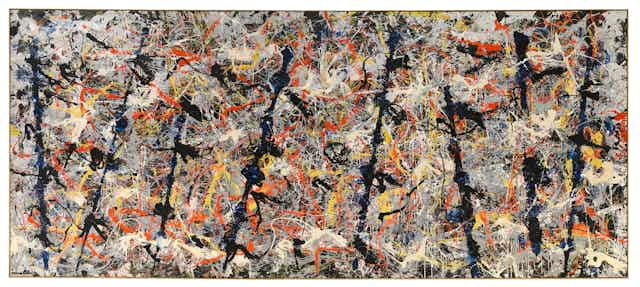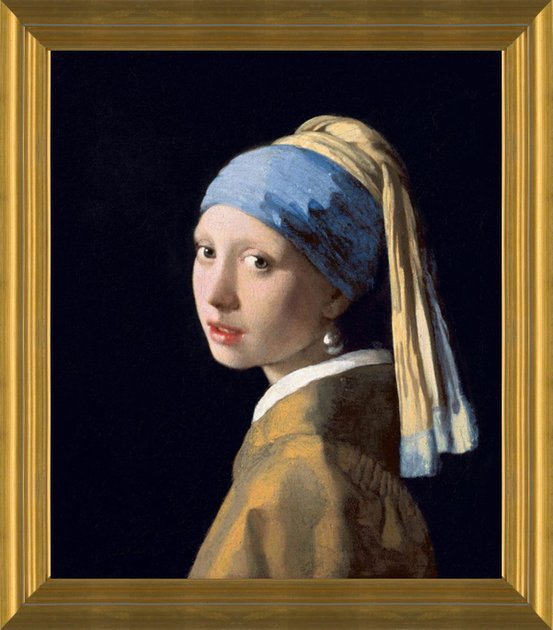Ever stood in front of a painting, feeling like you're supposed to see more than you do? You're not alone. Art can sometimes feel like a conversation in a foreign language. But fear not – the language of art is more about feeling than fluency. Let's unwrap the mystery and learn to appreciate art in its full glory.
Color: The Palette of Emotions
Colors in art do more than fill space; they convey emotions and set the mood. They're the artist's emotional palette, speaking directly to our hearts. Consider the deep blues in Georgia O'Keeffe's sky, evoking a sense of serenity, or the vibrant reds in a Frida Kahlo portrait, pulsating with passion.
"Sky above Clouds IV" by Georgia O'Keeffe
"Color is a power which directly influences the soul," Wassily Kandinsky once remarked, and he couldn't have been more right. The next time you view a painting, ask yourself how the colors make you feel, and you'll start to unravel the artist's emotional tapestry.
Form: Beyond Shapes and Lines
Form is about the visible elements in art: lines, shapes, and the structure of the work. It can be the gentle curves that guide your eye or the abrupt, sharp lines that create tension. Each form tells a part of the story. Take, for example, the works of Henry Moore. His sculptures, with their smooth, rounded forms, evoke a sense of natural continuity. In contrast, the chaotic forms in a Jackson Pollock painting communicate a sense of frenetic energy. The form is the visual language through which artists communicate their vision. "Blue Poles" by Jackson Pollock
"Blue Poles" by Jackson Pollock
Composition: The Art of Balance
Composition is the skillful arrangement of elements in art, creating a sense of harmony and balance. It's about how these elements interact and draw the viewer's eye across the canvas.

"Girl with a Pearl Earring" By Johannes Vermeer
A well-composed work, like Johannes Vermeer's 'Girl with a Pearl Earring,' draws you in and guides your focus to key elements, in this case, the luminous face and the eponymous pearl earring. The composition is like a choreographed dance of visual elements, each step purposefully placed to create a cohesive whole.
Context: The Story Behind the Canvas
Context is the backdrop to every piece of art – the historical, cultural, and personal circumstances that surround its creation. Knowing the context can transform your understanding of a work. 
"Guernica" By Pablo Picasso
For instance, understanding the socio-political climate during which Picasso created 'Guernica' adds layers of meaning to the painting, turning it from a chaotic composition to a poignant commentary on war and suffering. Context breathes life into art, connecting it to the real world.
Personal Interpretation: Your Unique View
Art is a dialogue between the creator and the viewer, and your personal interpretation is a crucial part of this conversation. Anni Albers, a celebrated textile artist, once said, "Art is something that makes you breathe with a different kind of happiness." Your perspective, shaped by your personal experiences and emotions, brings a new dimension to the artwork. Trust your instincts and engage with the art in your own way.
Conclusion: A Journey of Discovery
Learning to interpret art is a journey – one that's personal and endlessly rewarding. Each painting, sculpture, or installation is a conversation waiting to happen, a story waiting to be told. As you explore art, remember that your reactions and interpretations are valid and important. Let art speak to you in its language, and you'll find yourself discovering new joys and insights with every piece you encounter.

